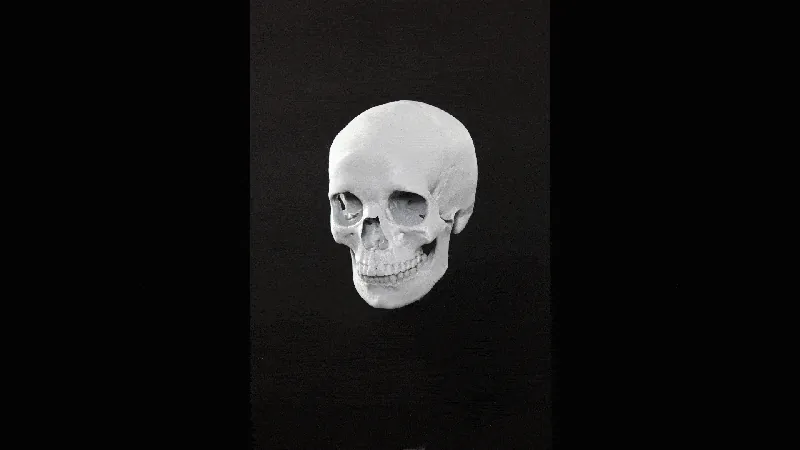
Rediscovered Vampire: Stunning Reconstruction of Mysterious Young Woman Buried with Blade and Lock to Prevent Her Return!
2024-11-26
Author: Liam
Introduction
A century-old mystery has emerged from the depths of a Polish cemetery, as archaeologists unveil a stunning reconstruction of a young woman once thought to be a "vampire". Deemed dangerous by her community, this woman—likely from a privileged background—was buried with a sickle blade across her neck and a padlock around her left toe to prevent her from rising again after death.
The Discovery
Uncovered in 2022 in Pień, a quaint village in Poland, the woman's remains reveal significant insights about her life. Contrary to her burial location, a chemical analysis indicates she may have originated in Scandinavia. Skeletal examinations show she battled numerous health issues, including a painful form of cancer in her sternum.
Reconstruction Insights
Oscar Nilsson, a forensic artist based in Sweden, took on the challenge of reconstructing her face. He discovered that the villagers, stricken by fear of reanimation, placed the sickle to deter her potential return as a "striga"—a demon-like creature resembling a vampire according to Polish folklore. The folklore suggests that individuals carry both good and evil souls, with the potential for the latter to dominate if unrestrained.
Symbolic Items and Rituals
In a sad twist, the padlock meant to safeguard her good soul had, intriguingly, been opened, raising further questions about the villagers' fears and beliefs surrounding death and the afterlife. Research indicates that about one-third of the burials in this cemetery involved "deviant" practices, pointing to societal beliefs about certain individuals being a threat even in death. Such burials included various items—stones, locks, and more—to prevent the deceased from rising again.
Evidence of an Aristocratic Past
Despite the unsettling nature of her burial, hints of her aristocratic past are evidenced through fragments found during excavation, including a silk bonnet and a gold brocade ribbon. Textile expert Maria Cybulska confirmed that this style was exclusive to the wealthy. This suggests that the woman lived during the tumultuous Thirty Years' War (1618-1648), a period marked by political and religious conflict.
Reconstructed Appearance
Nilsson's detailed reconstruction depicted the woman as having blue eyes, dark blonde hair, and pale skin, with insights gleaned from her isotopic analysis indicating southern Scandinavian heritage. Standing at 5 feet, 4 inches, and estimated to be between 18 and 20 years old at her death, her physical analysis also unveiled multiple health challenges, including Kimmerle's anomaly, which could cause debilitating headaches and other serious symptoms.
A Reflection on Humanity
Driven by empathy, Nilsson modeled her as a cautious figure, glancing over her shoulder, capturing the essence of a young woman, not a monster. “She needed medical assistance but was instead treated as something perilous and vile,” Nilsson lamented. “It’s vital she is remembered as the girl she was, not just as a figure of folklore.”
Concluding Thoughts
This excavation not only sheds light on the beliefs of 17th-century peasants in Poland but also serves as a poignant reminder of the stigma surrounding those with health issues, and the dire lengths to which communities would go in their bid to ward off the supernatural. As the fascination surrounding such “vampiric” lore continues, this woman’s story reflects both the fears and the humanity deeply embedded in history.









 Brasil (PT)
Brasil (PT)
 Canada (EN)
Canada (EN)
 Chile (ES)
Chile (ES)
 España (ES)
España (ES)
 France (FR)
France (FR)
 Hong Kong (EN)
Hong Kong (EN)
 Italia (IT)
Italia (IT)
 日本 (JA)
日本 (JA)
 Magyarország (HU)
Magyarország (HU)
 Norge (NO)
Norge (NO)
 Polska (PL)
Polska (PL)
 Schweiz (DE)
Schweiz (DE)
 Singapore (EN)
Singapore (EN)
 Sverige (SV)
Sverige (SV)
 Suomi (FI)
Suomi (FI)
 Türkiye (TR)
Türkiye (TR)